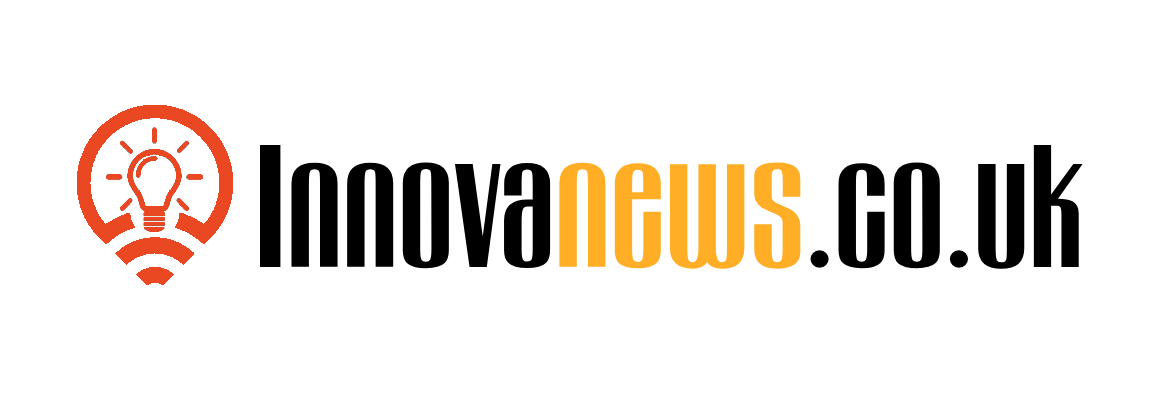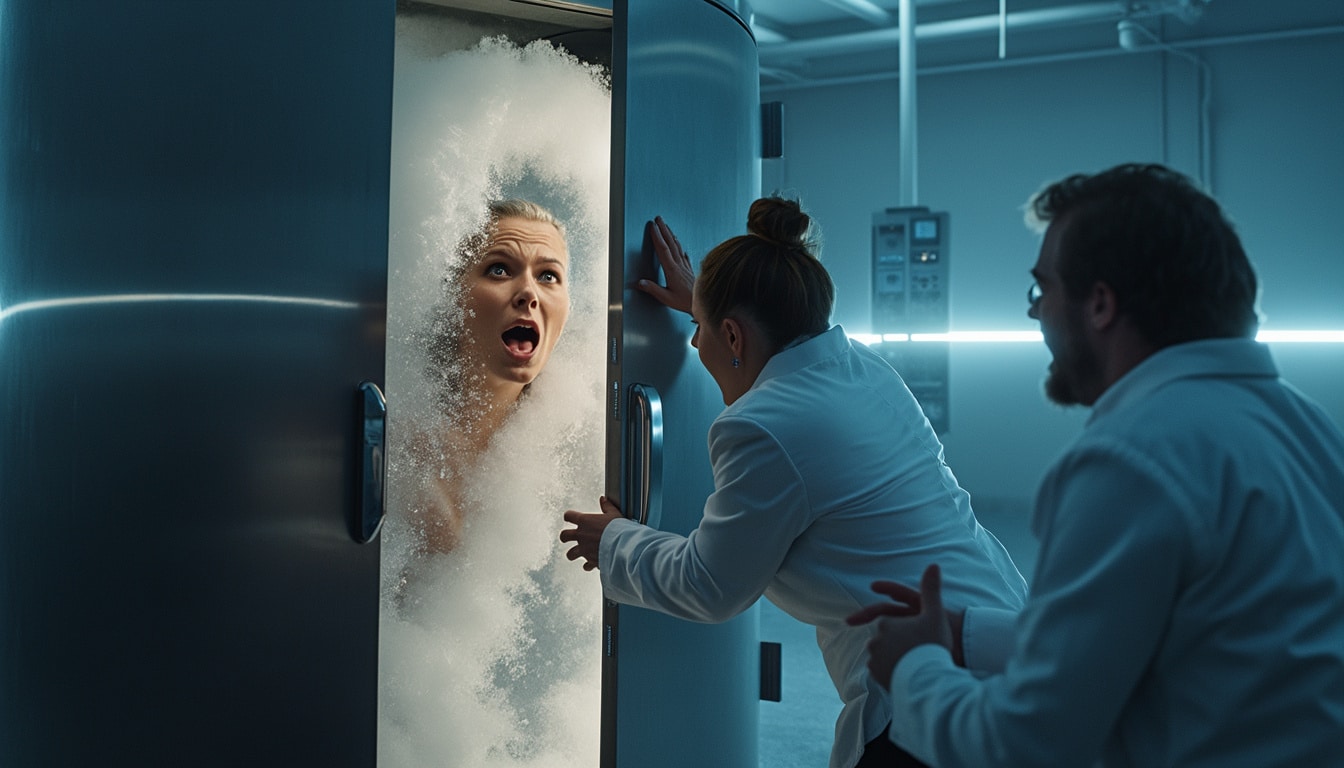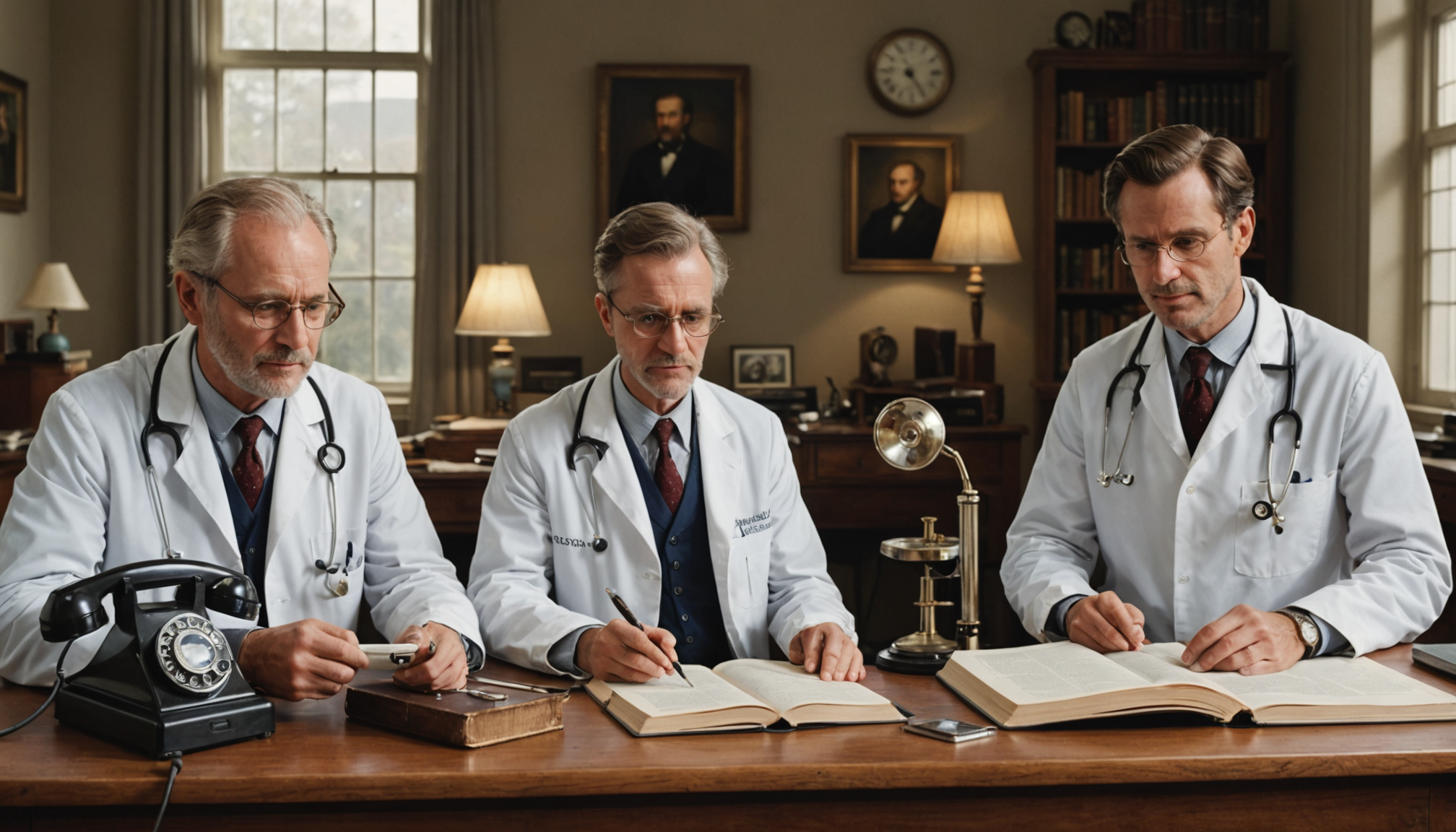« `html
Imagine stepping into a chill session that turns into a nightmare.What was supposed to be a refreshing experience became a tragic event.In the heart of Paris, safety took a frosty turn.
On Monday evening, a routine cryotherapy session at a gym in Central-East Paris ended in tragedy. A 29-year-old employee from On Air lost her life following a nitrogen leak from the cryotherapy machine. Another woman, aged 34, was found in cardiac arrest and remains in intensive care. The incident struck abruptly, leaving no warning signs for those involved.
Emergency responders arrived to find both women unconscious, with three individuals already attempting to resuscitate them. These first responders were also taken to the hospital as a precaution. Meanwhile, approximately 150 clients were safely evacuated from the building, unaware of the silent danger lurking within.
An invisible gas with devastating effects
Cryotherapy, often hailed as a trendy recovery technique, relies on liquid nitrogen to expose the body to extreme cold temperatures, sometimes reaching as low as -100°C. When handled correctly, the risks are minimal. However, in its gaseous form, nitrogen becomes a silent menace. Being both colorless and odorless, nitrogen can displace oxygen in poorly ventilated spaces without any visible warning. The European Association of Industrial Gases (EIGA) has cautioned against the use of improperly maintained devices or those lacking adequate safety features. In extreme cases, asphyxiation can occur within seconds, turning a wellness trend into a deadly hazard.
Preliminary investigations indicate that the cryotherapy machine had undergone repairs just hours before the incident. Authorities are now examining whether this recent maintenance could have contributed to the fatal malfunction. A spokesperson from the Paris prosecutor’s office stated, « An autopsy and toxicological analyses will be conducted to determine the precise cause of death. »
The implicated device, commonly found in sports and wellness centers, will undergo a thorough technical examination. In the meantime, the establishment remains closed as the investigation progresses.
Worrying precedents worldwide
While accidents related to cryotherapy are rare, they are not unprecedented. In 2015, a spa employee in Las Vegas died from asphyxiation after becoming trapped in a cryotherapy chamber. That incident had already raised concerns about the safety protocols surrounding these treatments.
As more people turn to cryotherapy for its supposed benefits, this tragedy serves as a stark reminder that no technology is without its risks. What was intended to be a beneficial health session in Paris ended in irreversible loss. The ongoing investigation aims to determine responsibility and prevent similar tragedies in the future.
Share the article:

« `html
Table of contents
ToggleWhat happened during the tragic cryotherapy session in Paris?
On a seemingly ordinary Monday evening in the heart of Paris, a routine cryotherapy session took a devastating turn. Located in the bustling center-east of the city, the sports center was hosting a session aimed at promoting wellness and recovery. However, a catastrophic malfunction occurred when a nitrogen leak from the cryotherapy machine led to an unexpected tragedy. A 29-year-old employee from On Air lost her life almost instantly, and another 34-year-old woman was rushed to the intensive care unit in a state of cardiac arrest.
The incident unfolded abruptly, leaving no warning signs for the victims or the staff. Emergency responders arrived swiftly to find both women unconscious, with immediate attempts at resuscitation underway. Three individuals were actively trying to revive them upon the arrival of the first responders. In the chaos that ensued, approximately 150 clients were evacuated from the facility to ensure their safety, highlighting the immediate danger posed by the nitrogen leak.
What is cryotherapy and how does it work?
Cryotherapy has gained popularity as a trendy method for recovery and wellness, touted for its ability to reduce inflammation, relieve pain, and enhance overall performance. The process involves exposing the body to extremely low temperatures using liquid nitrogen, typically reaching temperatures as low as -100 degrees Celsius. This brief exposure is believed to stimulate the body’s natural healing processes, promoting faster recovery and improved circulation.
During a standard cryotherapy session, individuals enter a specially designed chamber or use a handheld device that releases the liquid nitrogen. The cold exposure is carefully controlled to ensure safety, with modern machines equipped with various safety features to prevent accidents. When handled correctly, the risks associated with cryotherapy are minimal, making it a popular choice among athletes and wellness enthusiasts alike.
What caused the nitrogen leak and the subsequent tragedy?
The initial investigation points towards a potential malfunction in the cryotherapy machine used during the session. According to early reports, the machine had undergone repairs just hours before the tragic incident. This has raised suspicions that the recent maintenance work might have compromised the machine’s safety mechanisms, leading to the deadly nitrogen leak.
Experts are delving into whether the repair was carried out by qualified technicians and whether all necessary safety protocols were followed. The European Association of Industrial Gas (EIGA) has previously warned about poorly maintained cryotherapy devices, emphasizing that even minor lapses in maintenance can have catastrophic consequences. The ongoing investigation includes a thorough examination of the machine, autopsies, and toxicological analyses to determine the exact cause of the failure.
What are the dangers of nitrogen in cryotherapy sessions?
Nitrogen, while essential for cryotherapy, poses significant risks if not properly contained and managed. In its liquid form, nitrogen is used to achieve the extremely low temperatures necessary for effective cryotherapy. However, when nitrogen vaporizes, it becomes an invisible and odorless gas, making it difficult to detect without specialized equipment. In poorly ventilated spaces, nitrogen gas can accumulate, effectively displacing oxygen in the air. This can lead to asphyxiation within minutes, as the body is deprived of the oxygen it needs to function.
The EIGA has issued multiple warnings regarding the dangers of nitrogen leaks, particularly in settings where ventilation is inadequate. Cryotherapy facilities are advised to install proper ventilation systems and safety alarms to detect high concentrations of nitrogen gas. Additionally, regular maintenance and safety checks are crucial to ensure that the equipment remains in optimal working condition, thereby minimizing the risk of accidents.
Have there been similar incidents worldwide?
Tragic accidents related to cryotherapy are extremely rare, but they have occurred in the past, raising serious concerns about the safety of these treatments. One notable incident took place in Las Vegas in 2015, where a spa employee died from asphyxiation after becoming trapped in a cryotherapy chamber. This incident prompted a wave of regulatory reviews and safety enhancements across the industry, highlighting the potential dangers associated with cryotherapy if proper safety measures are not in place.
These rare but fatal incidents serve as stark reminders that even popular wellness trends come with inherent risks. As cryotherapy continues to gain traction, it becomes increasingly important for facilities to adhere to strict safety standards and for users to be aware of the potential dangers. Ensuring the integrity of cryotherapy equipment and maintaining vigilant safety protocols are essential steps in preventing future tragedies.
What are the ongoing investigations and their implications?
The authorities in Paris have launched a comprehensive investigation to uncover the exact circumstances that led to the fatal nitrogen leak. With the cryotherapy machine having been recently repaired, investigators are scrutinizing whether the maintenance work contributed to the malfunction. The scope of the investigation includes examining the repair records, interviewing the technicians involved, and assessing the overall safety compliance of the facility.
In the meantime, the affected sports center remains closed as experts conduct a detailed technical analysis of the cryotherapy equipment. The findings of this investigation will not only determine the immediate cause of the tragedy but also have broader implications for the industry. Should it be found that negligence or improper maintenance was a factor, it could lead to stricter regulations and oversight of cryotherapy practices across France and potentially globally.
How does this incident impact the perception of cryotherapy?
The tragic loss of life during a cryotherapy session in Paris has undoubtedly cast a shadow over the cryotherapy industry. While cryotherapy continues to be promoted for its health benefits, such incidents highlight the critical importance of safety and proper equipment maintenance. Public confidence in cryotherapy may wane as potential users become more aware of the associated risks, prompting a demand for more transparent safety standards.
Additionally, this tragedy serves as a wake-up call for facility operators to prioritize the maintenance and safety of their equipment. It may lead to increased regulatory scrutiny, with authorities potentially enacting more stringent guidelines to ensure that cryotherapy machines are safe for public use. For the industry to thrive, it must balance innovation and wellness trends with uncompromising safety standards, ensuring that such incidents become a thing of the past.
What safety measures can prevent such tragedies in the future?
Preventing future tragedies in cryotherapy sessions hinges on rigorous adherence to safety protocols and continuous monitoring of equipment integrity. Key safety measures include:
- Regular Maintenance: Cryotherapy machines should undergo frequent and thorough maintenance checks to identify and rectify potential issues before they lead to malfunctions.
- Proper Ventilation: Facilities must ensure adequate ventilation systems are in place to prevent the accumulation of nitrogen gas, reducing the risk of asphyxiation.
- Safety Alarms: Installation of nitrogen detection alarms can provide early warnings of gas leaks, allowing for swift evacuation and intervention.
- Staff Training: Personnel operating cryotherapy equipment should receive comprehensive training on safety procedures and emergency response protocols.
- Regulatory Compliance: Adhering to local and international safety standards is crucial in minimizing risks associated with cryotherapy.
Implementing these measures requires a commitment from both facility operators and the cryotherapy industry as a whole. By prioritizing safety, the industry can continue to offer the benefits of cryotherapy while safeguarding the well-being of its users.
What are the legal and regulatory repercussions following the incident?
The tragic event has spurred legal and regulatory actions aimed at holding responsible parties accountable and preventing future occurrences. The local authorities in Paris are conducting a thorough investigation to determine liability, which may include the facility owners, the technicians who performed the recent repairs, and the manufacturers of the cryotherapy machines.
If negligence or non-compliance with safety standards is established, the facility could face significant legal repercussions, including fines and potential shutdowns. Additionally, there may be calls for stricter regulations governing cryotherapy practices, encompassing mandatory safety features, regular inspections, and certification requirements for operators.
From a regulatory standpoint, this incident is likely to accelerate the implementation of more robust safety frameworks within the cryotherapy industry. Authorities may introduce mandatory safety audits and enforce compliance with stringent operational standards to ensure that such tragedies are prevented in the future.
How can individuals assess the safety of cryotherapy facilities?
As awareness of the potential risks associated with cryotherapy grows, individuals seeking these treatments should take proactive steps to evaluate the safety of the facilities they choose. Here are some guidelines to help assess the safety of cryotherapy centers:
- Check Certifications: Ensure that the facility and its staff hold the necessary certifications and licenses to operate cryotherapy equipment.
- Inspect Equipment: Verify that the cryotherapy machines are well-maintained and regularly serviced by qualified technicians.
- Ask About Safety Protocols: Inquire about the safety measures in place, such as ventilation systems, nitrogen detection alarms, and emergency procedures.
- Read Reviews: Look for feedback from other clients regarding their experiences, paying particular attention to any mentions of safety concerns.
- Visit the Facility: Before committing to a session, visit the facility to observe the overall cleanliness, organization, and professionalism of the staff.
By taking these precautionary steps, individuals can make informed decisions and choose cryotherapy centers that prioritize their safety and well-being.
What is the future of cryotherapy in light of recent events?
The future of cryotherapy remains a topic of debate following the tragic incident in Paris. While the immediate impact has raised concerns about the safety of cryotherapy practices, the industry is poised to learn and evolve from these events. Increased regulatory oversight, coupled with heightened awareness of safety protocols, could lead to a more secure and reliable cryotherapy landscape.
Technological advancements may also play a crucial role in enhancing the safety and effectiveness of cryotherapy treatments. Innovations such as improved nitrogen management systems, advanced monitoring tools, and more intuitive safety features are likely to emerge as the industry responds to the challenges highlighted by such tragedies.
Ultimately, the cryotherapy industry must balance its impressive growth and popularity with a steadfast commitment to safety. By addressing the vulnerabilities exposed by recent incidents and implementing robust safety measures, cryotherapy can continue to offer its benefits without compromising the well-being of its users.













